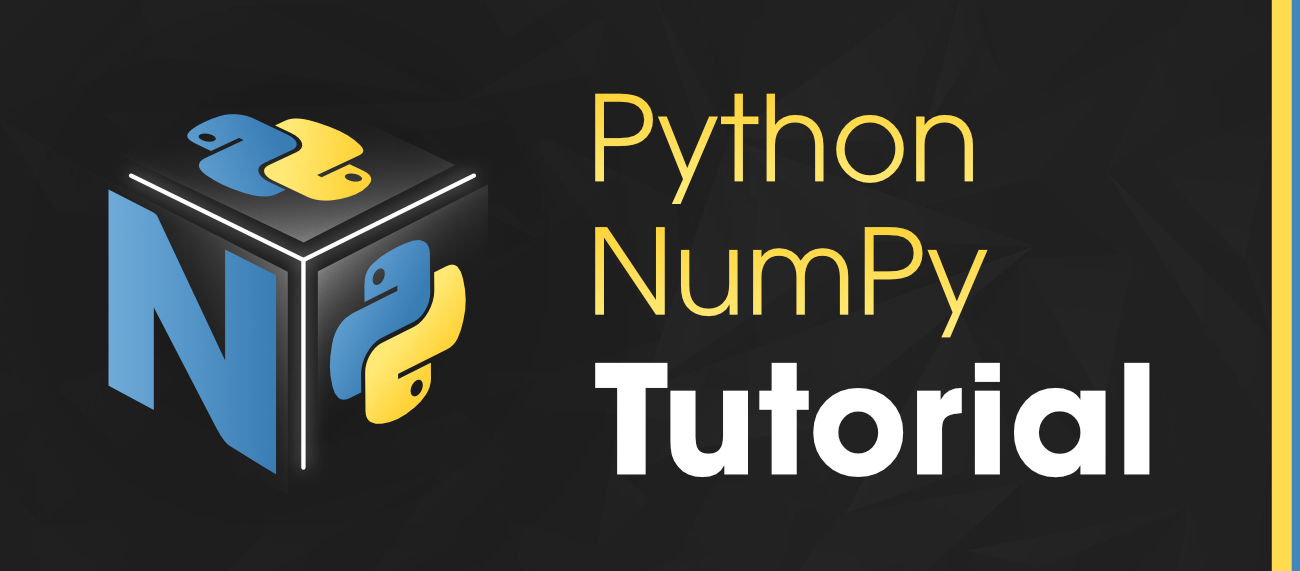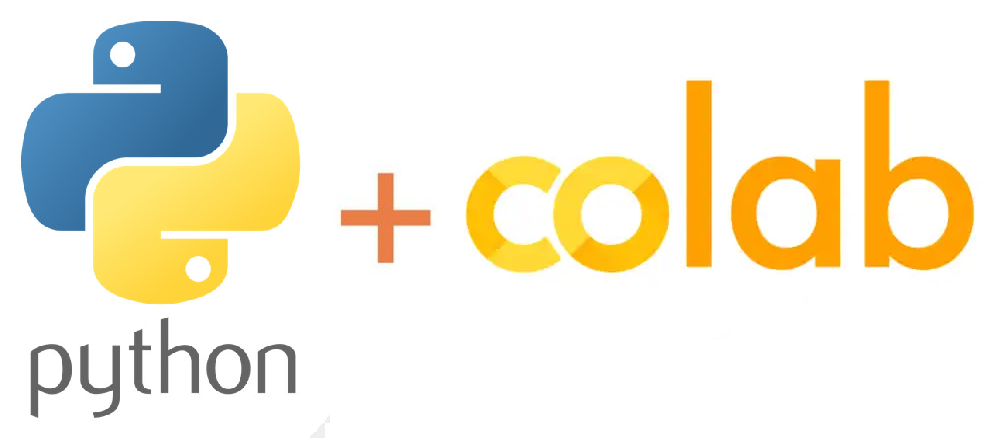Week 7-maximizing the power of Chat GPT
Chapter 8 introduces Python libraries as collections of pre-written code modules that can be imported into scripts, saving developers time and effort. It highlights popular libraries like NumPy, Pandas, Matplotlib, and others for various tasks like data analysis, machine learning, and web development. The chapter also discusses installing libraries using package managers like pip and conda and demonstrates using libraries in Google Colab without local installations.

Chapter 9 delves into NumPy, a Python library for numerical computing, emphasizing its support for multi-dimensional arrays, mathematical functions, linear algebra, and Fourier analysis. An example showcases how to compute the mean and standard deviation of data using NumPy.

Chapter 10 expands on basic data science tasks with NumPy, discussing its usage in Google Colab for loading data files, performing advanced tasks, and utilizing powerful hardware resources. It provides steps for uploading data files to Google Colab, loading them into NumPy arrays, and conducting computations like principal component analysis. Additionally, it gives an example of loading the Iris dataset and performing basic computations on it using NumPy in Google Colab.

Comments
Post a Comment